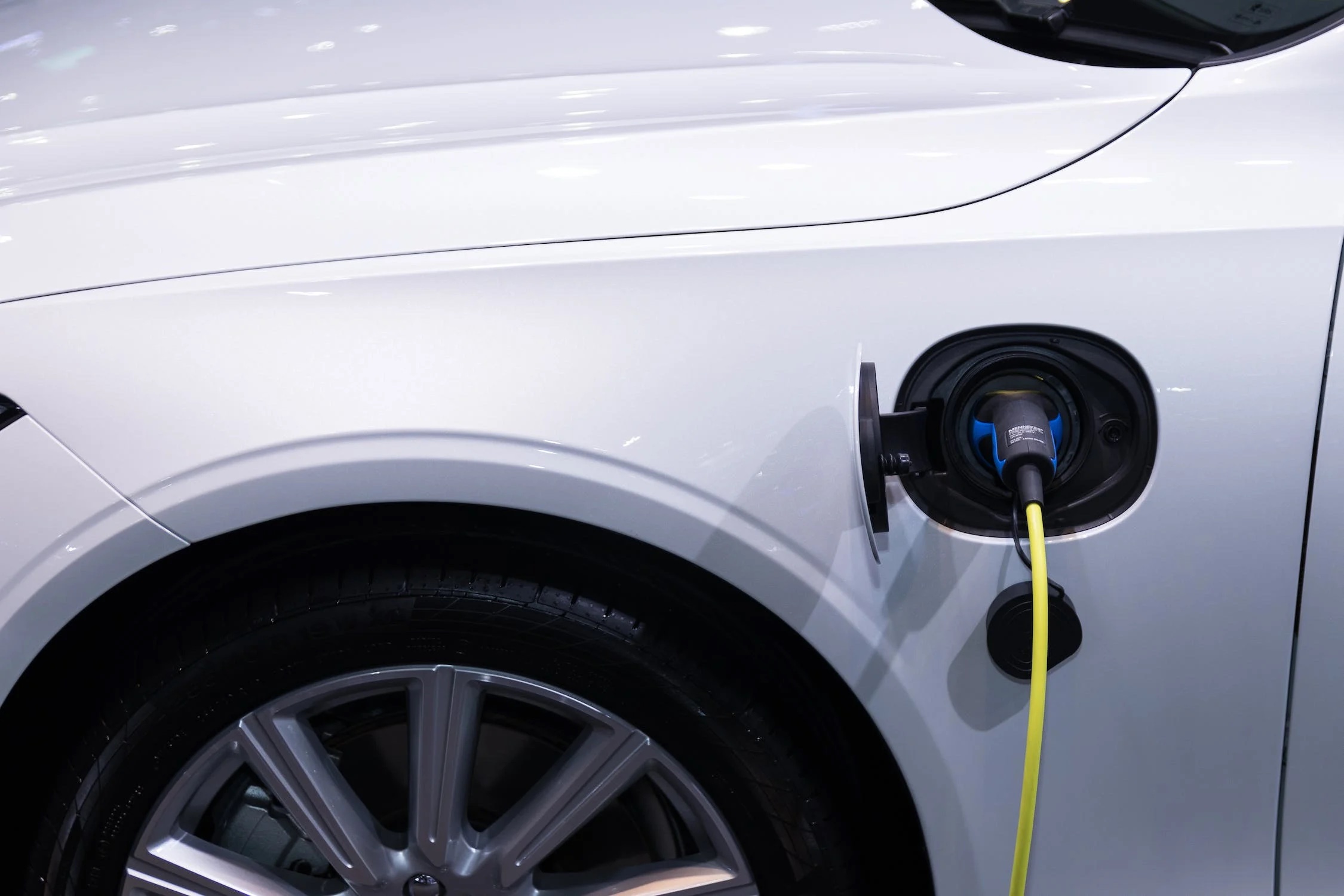Everything You Need to Know about At-Home Electric Vehicle Chargers

As the popularity of electric vehicles (EVs) continues to rise, having an at-home electric vehicle charger is becoming increasingly important for EV owners.
This comprehensive guide aims to provide you with all the necessary information about at-home electric vehicle chargers, including their types, installation considerations, benefits, and maintenance.
Types of At-Home Electric Vehicle Chargers:
a. Level 1 Chargers: Level 1 chargers use a standard 120-volt household outlet and typically provide a charging rate of 2-5 miles of range per hour. They are the most basic and slowest charging option but can be suitable for overnight charging or as a backup option.
b. Level 2 Chargers: Level 2 chargers require a 240-volt outlet, similar to what is used for electric dryers or ranges. They offer faster charging speeds, typically ranging from 10-60 miles of range per hour, depending on the charger's power output and the vehicle's onboard charger capacity.
Installation Considerations:
a. Electrical Capacity: Ensure your home's electrical system has sufficient capacity to support the charger. Upgrading the electrical panel or adding a dedicated circuit may be necessary.
b. Outlet Type: Determine the type of outlet required for the charger and if any modifications are needed. Level 2 chargers often use NEMA 14-50 or NEMA 6-50 outlets.
c. Location: Choose a location near your parking spot that allows for easy access and safe installation. Consider factors such as cable length, protection from the weather, and proximity to electrical panels.
d. Permits and Codes: Check local building codes and regulations regarding charger installation, permits, and inspections. It is recommended to hire a licensed electrician for proper installation and compliance.
Benefits of At-Home Electric Vehicle Chargers:
a. Convenience: Having an at-home charger provides the convenience of charging your EV overnight or whenever it's convenient for you, eliminating the need for frequent visits to public charging stations.
b. Cost Savings: Charging at home often costs less than using public charging stations, as residential electricity rates are typically lower. It also eliminates the need for paid charging services.
c. Faster Charging: Level 2 chargers offer faster charging speeds compared to standard Level 1 chargers, allowing you to replenish your vehicle's battery more quickly.
d. Control and Monitoring: Some at-home chargers come with smart features that enable you to monitor charging status, schedule charging times, and track energy usage through smartphone apps or online platforms.
Maintenance and Safety:
a. Cable and Plug Inspection: Regularly inspect the charging cable and plug for any signs of damage or wear. Replace them if necessary to ensure safe and reliable charging.
b. Keep the Charger Clean: Clean the charger periodically to remove dust and debris that may affect its performance.
c. Safety Precautions: Follow all manufacturer guidelines and safety instructions during installation and use. Ensure the charger is protected from moisture, extreme temperatures, and physical damage.
d. Professional Maintenance: Consider professional maintenance and inspection of the charger by a licensed electrician to ensure it remains in optimal condition.
Having an at-home electric vehicle charger offers convenience, cost savings, and faster charging for EV owners. By understanding the different charger types, installation considerations, and maintenance requirements, you can make an informed decision when selecting and installing an at-home charger. Remember to follow safety guidelines, consult professionals when needed, and enjoy the benefits of hassle-free and efficient charging from the comfort of your home.